
Businesses must be ready for change. The shifting seasons of fall and winter will introduce cooler temperatures that will impact warehouses and slow operations.
It’s time for management to create a safer work environment and safeguard facility investments.
1. Snow and Ice Removal
Most professionals assume snow and ice do not impact the facility as long as it is outdoors, but that’s not the case. Its presence in the parking lot can cause slips and falls, and workers may find it difficult to park their vehicles. Sending out and receiving shipments will also become more challenging.
Snow and ice also affect the facility itself by adding extra weight and degrading its structural integrity. The building entrance becomes a danger zone for slips and falls. Snowfall can also impair the property’s landscaping and appeal.
Businesses should always prioritize snow and ice removal. It’s best to treat about 4-6 gallons of salt with a liquid deicing chemical to create an anti-icing agent that lowers a surface’s freezing point.
Company officials should prioritize frequent shoveling during snowstorms. Depending on the amount, snowblowers and loaders are also ideal. Clearing a pathway helps employees stay safe and keeps the business running.
2. Machine Maintenance
Facility equipment is also subject to the cold, so officials should plan for maintenance before temperatures drop. They should inspect regularly used tools and machinery weekly or monthly based on manufacturer recommendations once fall arrives.
Forklifts, pulleys and other manufacturing machinery will likely have engine coolants to combat the heat generated by their systems. However, icy weather creates an external environment that freezes those coolants and damages the machinery. Maintenance crews should swap coolants meant for a high-temperature solution for a variation engineered for colder climates. Water tends to build up faster, so draining the cooling systems is vital.
Manufacturers must also have ideal storage practices to protect the machines. They should use heavy-duty covers to keep snow and moisture at bay. Equipment should be kept in a heated indoor facility and only brought out as needed. Engine block heaters can also help keep the engine warm when in use.
Battery-operated machinery is subject to damage, so professionals may have to check on the charge and replace it more frequently. They should keep fuel-dependent equipment full to prevent blockages within the fuel lines, calling for additional repairs. Treated diesel is also a good idea.
3. Temperature Control
The internal environment of a facility shifts much more during fall and winter since people need to stay warm. Officials should prepare the heating systems and make necessary repairs to avoid losing heat in the middle of colder seasons and causing frostbite.
A professional would likely recommend changing the heating units’ gaskets and seals. These barriers prevent the loss of heated air and ensure maximum efficiency. Management should combine this with functioning ventilation systems for good air circulation in the working environment.
Flooring, especially metal, is susceptible to icing and rusting during the cold. Heat can also leak out, making a facility’s system work twice as hard. Management should use insulation solutions like closed cell polyurethane spray foam. These additions keep the cold out to avoid these issues and prevent extra emissions.
Walls, windows and doors can also benefit from extra insulation, as their gaps create more opportunities for leaks and spike heating costs. If the cold persists, there may be a problem with the facility’s humidity controllers. Officials should upgrade to energy-efficient versions to achieve optimal temperature control.
4. Irrigation Winterization
Manufacturing facilities must be vigilant about their commercial irrigation systems when cold weather starts. State Farm had to pay more than $806 million for over 32,000 claims from August 2022 to August 2023 due to multiple frozen pipes and winter water damage. Insurance may cover a portion of the bill, but businesses lose time and resources.
Pipe insulation is key to preventing them from freezing, and temperature control can also make a big difference. Management should install a leak detection system as well. Freezing weather can cause water to turn to ice quickly, affecting the whole system. Proper preparations minimize the damage and keep the water flowing.
Interior pipes are easier to protect as they’re in a controlled environment, but outdoor water fixtures are a different story. Officials should use a sleeve to protect exterior pipes from harsh weather conditions. They should shut the water valves when they aren’t in use and cover up the faucets. Sprinklers must be removed during the colder seasons to avoid ruptures.
5. Backup Power
The worst-case scenario when facing freezing temperatures is running out of power. Heating systems that go down will make the entire facility vulnerable to icing up. A colder environment would make employees uncomfortable and damage machines.
Unfortunately, the chances of a power outage are likely. Grids are susceptible to extreme temperatures, with about 22% of weather-related blackouts from 2000 to 2021 caused by winter weather. Prepare backup energy sources to have a continuous stream of electricity even if the lights go out.
There should be a dedicated generator for the heating system and extra units for the machinery. Management should ensure power sources have enough electricity for the facility’s needs. They should be charged or fueled up to be ready for any emergency and stored in a heated environment to prevent damage.
6. Mold Removal
Heating is key for health and safety reasons during cooler temperatures. Unfortunately, these clashing climates create plenty of moisture and encourage mold and mildew growth. Both substances cause allergic reactions like watery eyes and sneezing. Some employees may have a more severe reaction, which affects their overall productivity and well-being.
Companies should control the internal temperature to prevent excessive moisture. They should shoot for below 60% relative humidity, though it’s ideal to keep the levels at about 30%-50%. It’s vital to fix leaky pipes and eliminate melted snow to avoid damp surfaces. Water-damaged areas should be dried and inspected closely. Corners and other crevices should also be checked frequently.
Buildings should be evacuated and operations moved to another side of the facility if mold is detected. A mold removal specialist will be needed to clear affected areas. Companies should expect to pay more for large amounts of mold to be remediated. A deep clean and scrub is recommended after removing its traces.
Prepare the Facility
Cooling temperatures inhibit a facility’s safety and operations. Managers should prepare by winterizing machinery and systems to keep the business running at maximum efficiency throughout fall and winter.

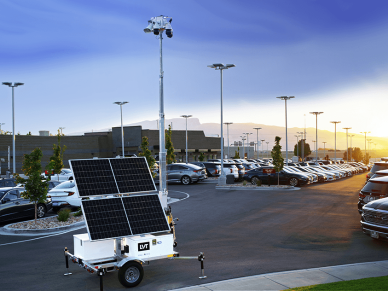
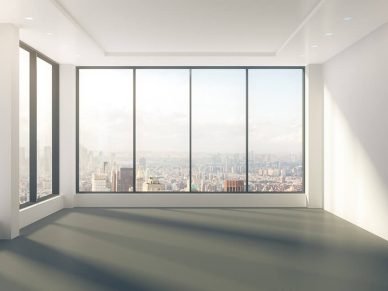



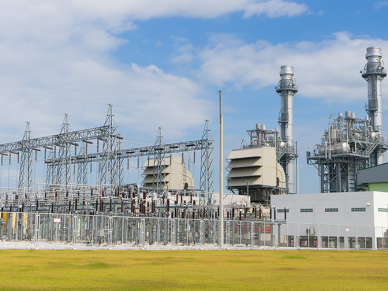
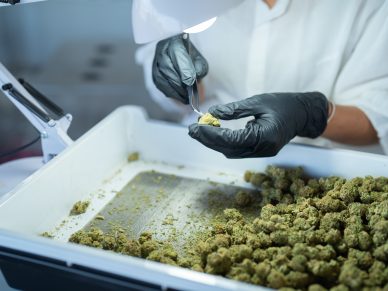


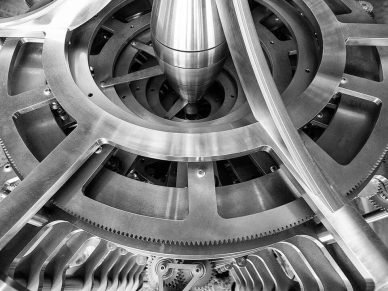
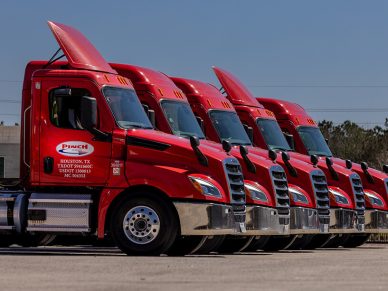




Leave a Reply